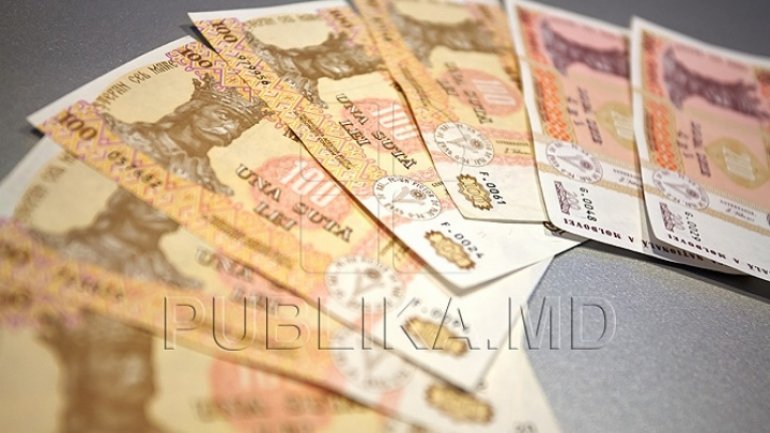100 lei banknotes are most often forged. How counterfeit money end up on the market

The most popular counterfeit money last year were the 100 lei banknotes. In 2017, National Investigation Inspectorate, examined close to 4 590 counterfeit paper money.
In 90% of the cases they were 100 lei banknotes. Second place is taken by 20 lei banknotes, with over 200 forgeries, while third place by 200 lei banknotes, 113 paper money being found. The top is then followed by 50, 1 000, 500 and 10 lei banknotes.
In most cases, the criminals were former chemistry graduates. Usually, the counterfeit money were used at nights in supermarkets or gas stations, or at day in markets.
"Such money are introduced through gas stations during the night, when sellers are more careless in noticing that the money are counterfeit" Directorate for Investigating Computer Fraud chief, Alexei Bacos mentioned.
When it comes to international currencies, Euro was the most popular choice. Law enforcement managed to discover 23 550 counterfeit banknotes. Usually, police is notified by banks, where those might end up illegally. The forgeries were analyzed by experts from Technical-Criminal Center and Judicial Expertise.
"Usually 100 lei banknotes are created from 10 lei banknotes. It is common to use chemicals to wash the 10 lei banknotes and then print on top a banknote of 100 lei" chief of TCCJE, Ina Erjanova said.
Experts claim that counterfeit money can only be identified with magnifying glasses or special devices.
Some people claim that they never or rarely check the money.
"I don't even count them."
"I don't check them. I trust people. There are new banknotes now and I am sure they are safer."
"When I have a big amount of money, I might check them, but when the amount is small then no."
Still, those who work with money daily, for example transport conductors, claim that they investigate the money.
"I check King Ştefan, the line. I also make sure the banknote is not soft."
According to the police, last year were discovered by 1690 counterfeit paper money less than in 2016.